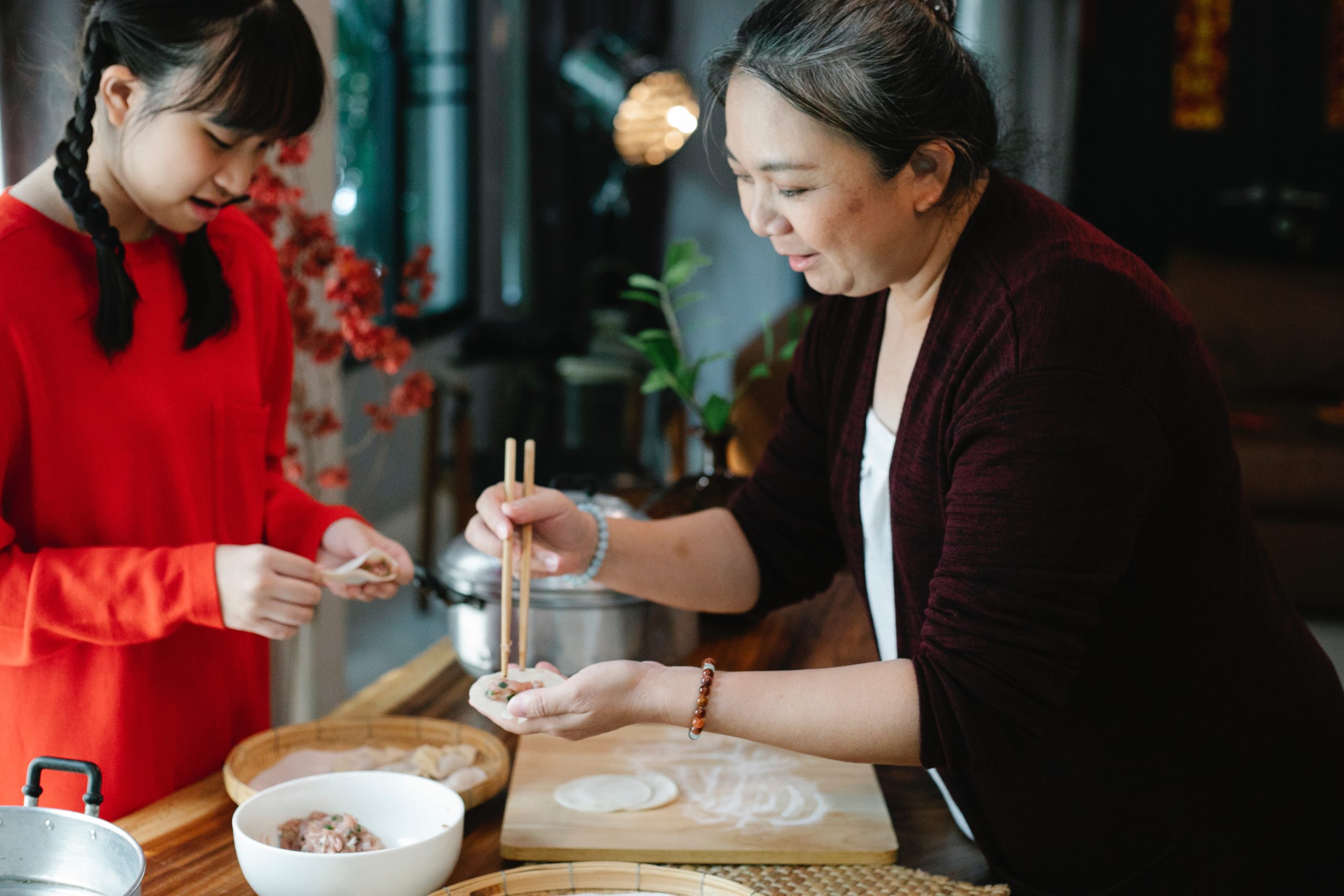Food Safety at Home

Foodborne illness—or food poisoning—can occur after consuming food or drink contaminated with harmful bacteria, viruses or parasites. Foods may become contaminated before you buy them or if they aren’t handled, cooked or stored properly at home. Certain items like deli meat, soft cheese and raw fish have a higher risk of causing food poisoning. Pregnant women, young children and older or immune-compromised individuals are also more likely to get sick and experience serious illness.
Symptoms of food poisoning include cramps, upset stomach, nausea, vomiting, diarrhea, fever and dehydration. These symptoms may range from mild to severe depending on how much of the toxin was consumed and the body’s specific response.
Four Steps to Food Safety
Although not all foodborne illness is avoidable, you can significantly reduce the chances of your loved ones getting sick at home by following safe food-handling practices. Always remember to clean, separate, cook and chill.
1. Clean
The germs that cause food poisoning can survive on your counters, hands, dishes and cutting boards and then spread around your kitchen. To avoid cross-contamination, clean all of these surfaces often and properly:
- Wash your hands for 20 seconds with soap and water before preparing, handling, serving or eating food. Don’t forget the back of your hands, between your fingers and under your nails.
- Wash knives, cutting boards, dishes and other kitchen equipment like meat thermometers with hot, soapy water. Remember to also regularly sanitize counters, faucets, cupboard hardware and fridge handles that can also hold bacteria.
- Replace dishcloths and tea towels often and ensure that they dry between uses. Avoid sponges as they are difficult to keep bacteria-free.
- Wash all fresh fruit and vegetables under cold, running water. Produce that you peel should also be washed carefully to prevent transfer of germs to the inside.
- Washing raw meat and poultry is not Splashing water can transfer bacteria to nearby food, utensils and cooking surfaces.
2. Separate
To prevent cross-contamination, always keep ready-to-eat foods like fruit, vegetables and bread away from raw items:
- Use a separate cutting board for raw meat, poultry or seafood and another one for fruits and vegetables.
- If you use a plate or utensils to handle raw food, do not use them again until they have been thoroughly washed.
- Keep meat, poultry and seafood separate from other foods in your grocery cart and store covered, raw meat on the bottom shelf of your fridge away from produce.
- Check expiry dates and get rid of any food with swollen or damaged cans or packaging.
3. Cook
Food is safe to eat when the internal temperature is high enough to kill the germs that can make you sick. Always follow cooking instructions on packaged food and don’t rely on the colour or texture of meat to determine if it’s cooked.
- Use a digital food thermometer to reach a safe internal temperature when cooking meat, poultry and seafood.
- All leftovers should be warmed to at least 165°F and used within two days.
- Bring sauces, soups and gravy to a full boil when reheating.
- Make sure that the water you cook with is from a safe source.
4. Chill
Bacteria can multiply rapidly and cause food poisoning when food is left at room temperature or higher.
- Thaw frozen food safely in the refrigerator or microwave and never on the counter or in the sink.
- Refrigerate or freeze all perishable food within two hours of purchasing or preparing and within an hour if exposed to hot temperatures (e.g., in a car or on a picnic)
- Refrigerate cut or peeled fruits and vegetables within two hours.
- To help leftovers cool quickly, divide into smaller containers and then refrigerate.
- Keep your refrigerator at 40°F or colder and your freezer at 0˚F or below. Avoid over packing to allow air to circulate properly.
- Store eggs, meat and other higher risk foods in the main part of your fridge rather than the door and cover all open food.
If in Doubt, Throw it Out
If you are uncertain or suspicious about the safety of any food, do not eat it! Avoid taste testing as contaminated food can look, smell and taste fine. Instead protect your family by making sure you clean, separate, cook and chill all food at home.
Food poisoning will usually pass on its own without medical intervention once your body clears the toxins that are making you sick. At-home treatment is focused on reducing symptoms, getting adequate rest and preventing dehydration. Call your doctor if you or a loved one have a fever above 102°F, blood in urine or stool, symptoms of severe dehydration, vision or speech difficulties.
If you suspect that your food poisoning was caused by a restaurant or another food outlet, notify your local public health department immediately. This will ensure that safe food-handling practices are being followed and help to prevent illness in others.
Reviewed By: Cali Guttman, RD
If you found this article helpful, you may also like:
